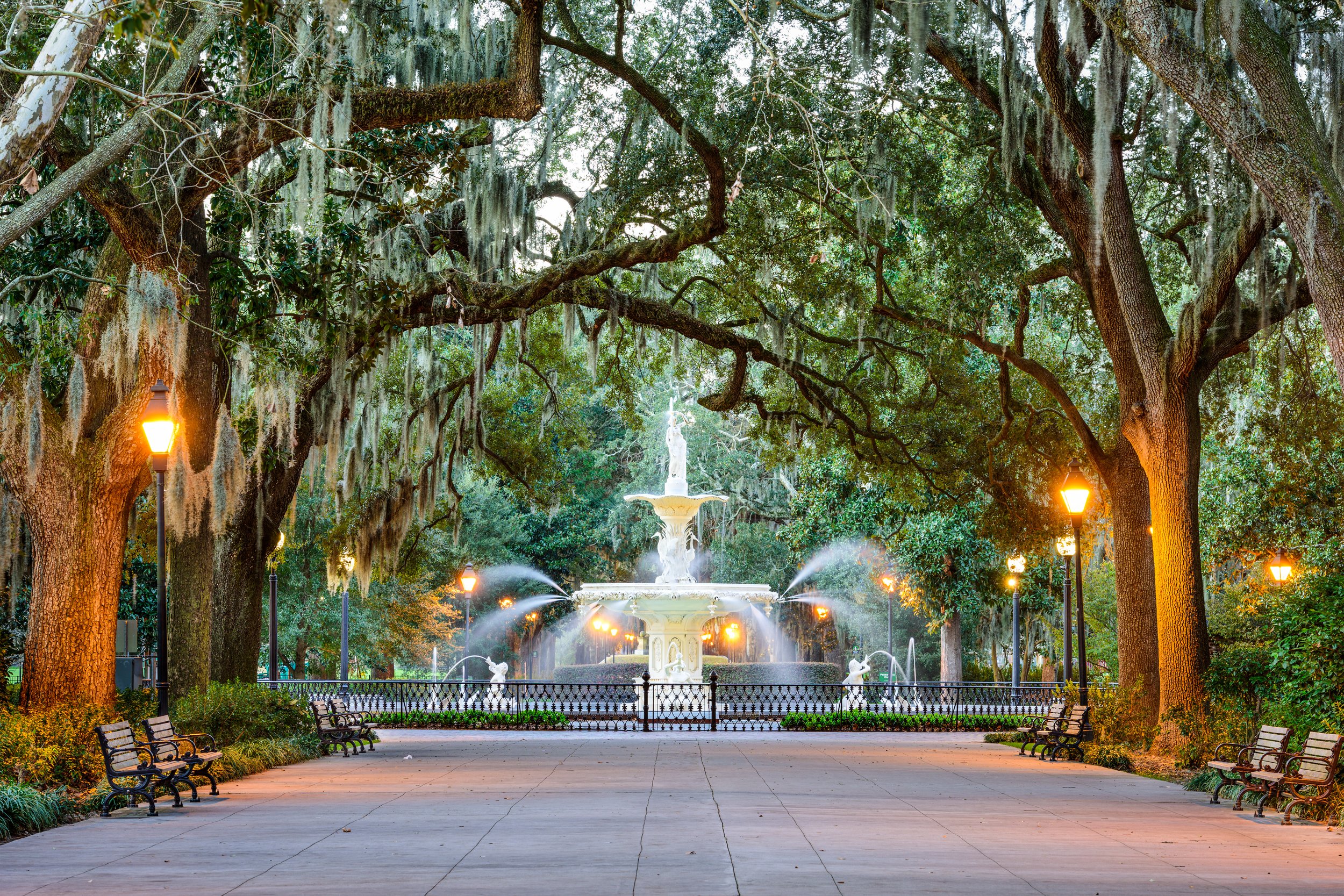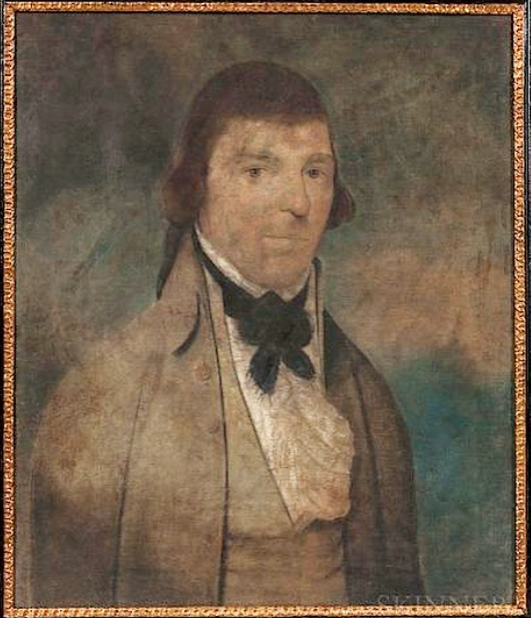
The 1693 Rooms
These two rooms (Parlor and Hall) of the Hills Galloway house were the original formal spaces of the house in the 1690s and the starting point for the evolution of the HG house you see today.
Originally, in 1693, the house featured much more understated decoration. The heavy timber frame was fully exposed and carved with decorative treatments, including chamfered beams, most of which were lime-washed—both visible today in the Hall. The original 1693 kitchen is believed to be the fireplace in the Hall, featuring an early, possibly first, bake oven in the house. We used dendrochronology to determine when the trees were felled to “date” the house. Our findings showed that the white oak trees used for the frame were cut down in the winter of 1692, the same year as the Salem Witch Trials. Typically, a community would raise the frame in the spring, suggesting the actual start date of the house was in the spring of 1693. The house was likely built for Lt. Jonathan Hills and his wife, Dorothy Hale. Dendrochronology also revealed that the oak trees were saplings as far back as the 1550s. In the 1690s, the house was either a two-room cape-style house or possibly a two-over-two house (a full two-story house, one room deep).
In the 1740s, Captain David Hills (the grandson of Lt. Jonathan and Dorothy) married Mary Lord Pitkin, prompting the next major alteration to the house. The 1690s rooms were quite old-fashioned by 1740, so the young couple renovated and improved them, adding raised paneled walls, Georgian woodwork, and expanding the house to its current layout, including a “new” massive kitchen fireplace with a larger bake oven. The Parlor became fancier with fluted pilasters framing the fireplace, and a typical central Connecticut-style corner cupboard with a fanlight transom was added.
The house is named after Captain David Hills, the family patriarch for most of the 18th century. He and his wife, Mary Lord Pitkin, married in 1745 and had eight children, all of whom survived to adulthood. David fought in the French and Indian War and was called to aid the English at Fort William Henry in August 1757. He was also active in the Revolutionary War, providing beef and supplies to the Continentals. While there is no record of David fighting during the Revolutionary War, likely due to his older age, three of David’s sons did fight. The Hills family was a prominent member of the East Hartford Society and Hartford as a whole, owning and operating a timber mill, which might explain the size, scale, and refined nature of the house.
As formal spaces of the house, these rooms have been furnished with the best furniture, showcasing what the Hills Family would have had to impress their guests. One remarkable piece is above the Kitchen/keeping room fireplace. During dismantling, we discovered a 7-foot-long board in the gable wall (opposite the fireplace) used as external wall sheathing. It depicts three distinct battle scenes, likely dating to the 18th century and possibly representing firsthand accounts by the Hills family in either the French and Indian War or the Revolutionary War. No scholar we have consulted has ever seen such an intricate work of “graffiti” before. This artwork is now framed in the Hills Galloway House first floor. If you wish to view it, please ask Peter.
Sir Harry Neal by William Beechey (1753-1839). Painted circa 1790-1800.
Sir William Beechey (1753-1839)
William Beechey was born in Burford, Oxfordshire, on December 12, 1753. He was the son of William Beechey, a solicitor, and Hannah Read. Both parents passed away when he was still quite young, in the early 1760s, and he and his siblings were raised by their uncle Samuel, a solicitor living in nearby Chipping Norton.
William’s uncle was determined that he should pursue a career in law and arranged for him to become a clerk with a conveyancer near Stow-on-the-Wold at an appropriate age. However, it was painting where William would truly excel, leading to his admission to the Royal Academy in London in 1772. It is believed that he studied under Johan Zoffany, one of the best portrait artists in mid-18th century Europe.
William’s career gained significant momentum when he became the official portrait artist to Queen Charlotte in 1793. By the turn of the century, his portraits began to exhibit a new vibrancy and life. His royal patronage continued with Prince William Frederick, Duke of Gloucester, in 1813, and with King William IV in 1830.
18th Century Graffiti
18th-century graffiti found in Georgian Suite (original Hall Chamber)
18th-century pastel portrait attributed to James Martin
When we bought this painting, it was not attributed to any artist, but after some research of artists in New York and New England in the late 18th century, we narrowed it down to James Martin. He was originally from England but arrived in New York in 1794. He produced portraits in “oil, water and crayon” according to an ad in the NJ journal in 1795. He also used pastels often and tended to use blue and red hues for the backgrounds. This pastel has a lot of those similar blue hues in the background.
The Antiques












